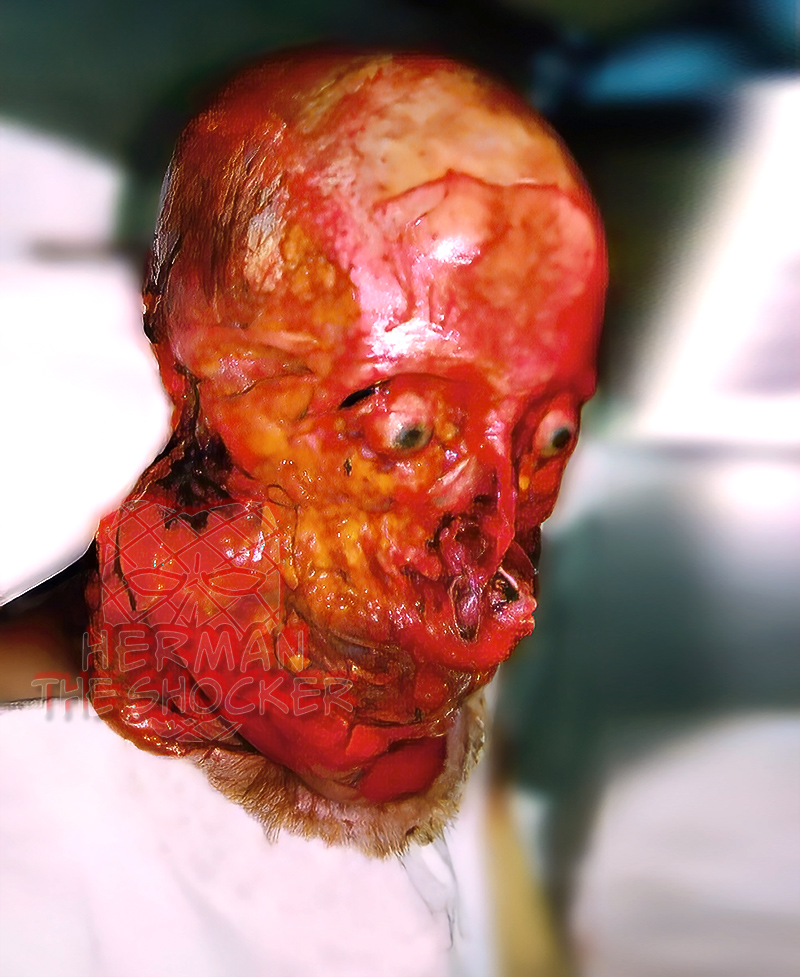The head must be slightly raised with appropriate supports. There is no one correct device; each autopsy surgeon prefers his or her own method. A No. 22 blade on a long scalpel holder should be used to incise the whole scalp from the outside. Before the incision is made, a generous sample of hair should be cut from the vertex and preserved, should toxicological testing prove necessary at a later date (an empty red-top tube or even a glassine envelope can serve as a container). Once deposited in hair, drugs do not degrade, and can be detected and even quantified years or decades later.
Begin the incision on the right side of the head, as low as possible just behind the earlobe, but without going below it. Then extend the incision to the same point at the opposite side of the head. This is the so-called bimastoid resection. When the incision is made in this fashion, it facilitates overturning the scalp. A big enough strip of tissue behind the auricle must be saved to allow for suturing the scalp back in place. After enough of the scalp has been incised to allow the prosector to grasp the two edges with the hands, the front and back halves of the scalp are overturned, anteriorly and posteriorly, respectively.
Latest posts









